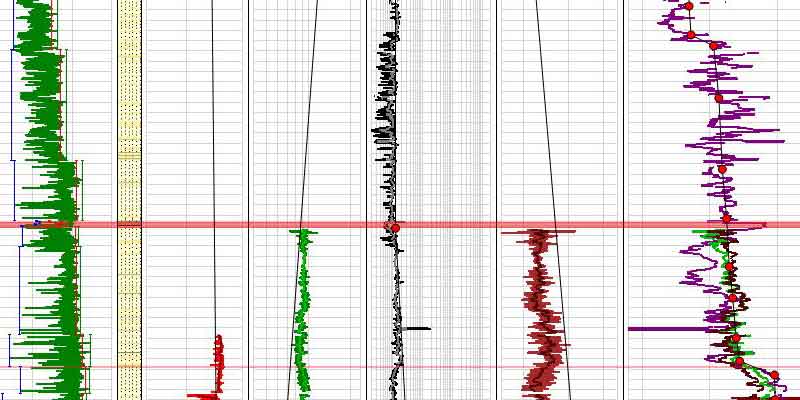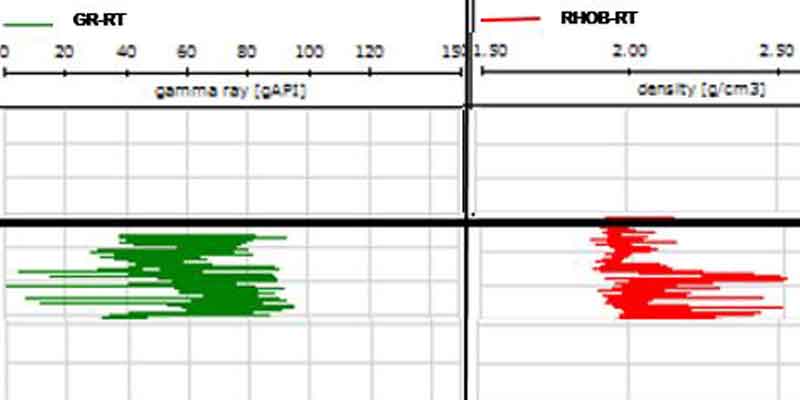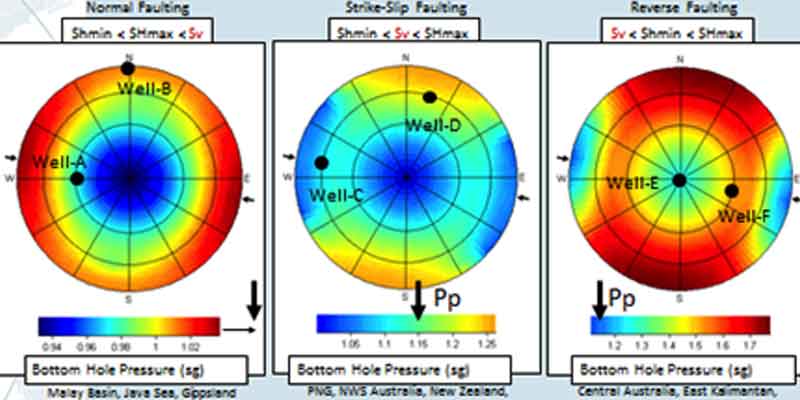Category Archives: Wellbore Stability
Here We Go Again, Folks!

Since the last issue of ERD Magazine, our friends at OPEC have started making some very subtle noises that they may be just about done trying to bankrupt themselves (and everyone else in the process…), and IF that is the case, it may be time for our clients to dust off all of those projects that have been on a shelf since the end of 2014, and take another look at them. I can’t speak for everyone in the Horizontal/ERD, wellbore stability/geomechanics or deepwater drilling fraternities, but I can say that many of us aren’t expecting too much for the remainder of the year; maybe Q4(?). If we do get back to drilling, who’s going to actually do it? We’ve laid off half of Houston, it seems, and I’m hearing Aberdeen isn’t much better off… I know I’ve had to lay off, folks – nothing for it, to be honest. Luckily, they were top-notch ERD hands, and were able to, unbelievably, find something IN THE INDUSTRY, when many others were cleaning out their desks and lockers. Can I get them back? I sure hope so; those are going to be some tough phone calls… Maybe we’re about to get back at it.
Horizontal Stress Modeling

Wellbore Stability and Horizontal Stresses
“I paid to send the entire crew to a 5-day ERD practices class, had an engineering study done, and put ERD hands on my rig — and I still got stuck!”
Maybe you have another problem, one that conventional ERD companies don’t address…
HXR Drilling Services’ Geomechanics Division provides solutions for wellbore stability uncertainties. Instability issues can be avoided by developing a geomechanical model based on data collected from regional offset wells using JewelSuite™, a 1D and 3D subsurface modeling platform. JewelSuite™ modular software platform is made up of PressCheck™ and WellCheck™, and is commonly used with another stress modeling program, call SFIB™. One essential function of the geomechanical model is to define stresses to avoid instability issues. This allows drilling personnel to develop a sound drill plan with the best mud weights, drill trajectory, and casing design.
HXR’s Geomechanics Division

Providing Solutions to Pore Pressure and Wellbore Stability Issues Encountered While Drilling
HXR Drilling Services Geomechanics Division can provide solutions to pore pressure and wellbore stability analysis uncertainties for stable wellbore trajectories and determination of optimal mud weights.
A calibrated regional area, using analogue wells, can provide sufficient data to study subsurface pore pressures and to analyze characteristics contributing to wellbore instability. After collecting data, a pore pressure 1-D model and a wellbore stability (WBS) model can be generated based on client goals and data availability.
Integrating Geomechanical Models With Real-Time Data

Generating Industry-Leading ERD Well Designs
HXR provides Real-Time Geomechanical and Pore Pressure modeling using JewelSuite™ RT. JewelSuite™ RT is part of the complete JewelSuite™ 1D and 3D subsurface modeling platform. A modular software platform, JewelSuite™ is made up of PressCheck™ and WellCheck™, and is commonly used with another stress modeling program, call SFIB™. What makes these integrated software packages so powerful on the rigsite is that geomechanical models can be imported into JewelSuite™ RT, and the real-time data stream can be used to adjust the geomechanical models. This allows HXR’s Geomechanics Specialists, on the rig or in our RTOC, to quickly identify potential formation pressure and stress issues, alert the drilling team, and provide viable, accurate solutions — in real-time! Using the updated geomechanics data, engineering solutions can then be modeled by our onsite ERD Specialists, the drilling team can discuss, and parameters can easily be adjusted before a trainwreck is encountered.
A pre-drill geomechanics model, like those commonly used to design casing and mud wt windows on a given well, is only as good as its available data. The fact that the model uses offset well data will inherently generate inaccuracies and limitations to the analysis, since differences in the subsurface conditions can exist between the various offset wells and the target well itself, such as faults, fractures, changes in water depth, uplift, or truncated bedding. Streaming RT LWD data from the active well into a pre-existing geomechanical model allows the user to compare the actual values with the expected trends and identify changes in the formations expected behavior, which in turn allows the user to calibrate, or “tweak”, the pre-drill model, re-calculate it, and enhance the accuracy of its predicted values. Much like a Survey Ellipse of Uncertainty, where the more survey points you have, the more accurate your estimation of your actual wellbore position – the introduction of RT data into the geomechanics model acts in a similar fashion. The more you constrain the model and improve its accuracy while drilling in one section, it improves the prediction of pressures and stresses for sections ahead of the bit, yet to be drilled. This increase in the precision of the model looking forward can mean the difference between a trouble-free section, and quite possibly a lost section or sidetrack.
A Stable Wellbore is a Successful Wellbore

How Geomechanics is Crucial to ERD Well Design
Prior to designing a drilling program for a target wellbore, it is imperative to understand the rock mechanics going on along the wellpath, as well as the target location. Subsurface interactions rely on indirect measurements, from multiple disciplines, to make interpretations about how forces, and their subsequent pressures and stresses, mechanically interact with the rock, fluids, and formations below the surface. That is critical, because if we don’t know how the rock is going to act when a certain mud type is introduced into it, or what the formation limits are in terms of mud weight or ECD, then we can’t perform a successful drillstring design or casing program.
The application of geomechanics software permits the user to investigate the location of a target well to better explain all forces and conditions the wellbore will encounter. Geomechanical studies generate a target well or a regional location’s history. This history holds information about the interactions between the various forces and materials in the earth and describes the basin characteristics that provide clues as to how the basin may have evolved and how the sediments were deposited and deformed.
(more…)
When it comes to Drilling Software, you can’t always get what you want…

Or can you?
This week, I’d like to talk about drilling software. There seems to be two schools of thought when it comes to designing, or even choosing, drilling engineering software. The first is to try to cobble as many different capabilities as possible into one big package; a “jack of all trades, master of none” mentality. The other is to focus on modularity – a specific team of programmers and software designers focus upon one specific element of drilling engineering that they are expert in, say Temperature Modeling, and build a module for that. Many of these modules share setup files, so that a well set up in one module can be transferred and used as a base file for another module – saves a lot of BHA reentering… I bet everyone reading this has an opinion, one way or the other, on which way to go is best; I also bet it is a strong opinion!
(more…)
